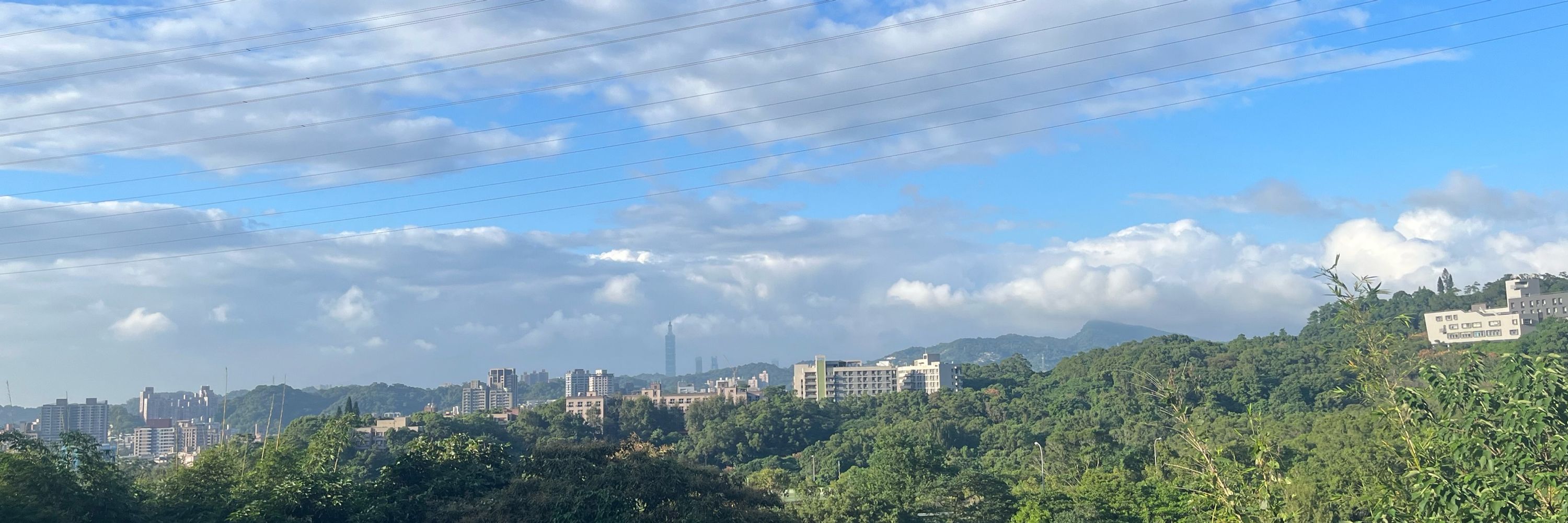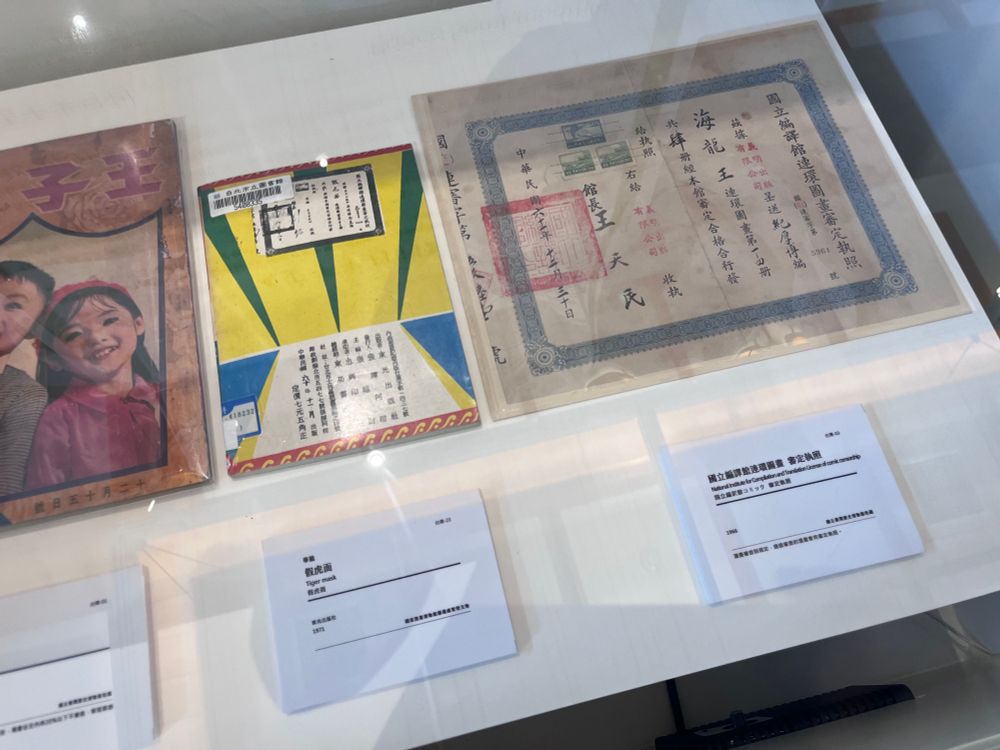

For context, see here: bsky.app/profile/albe...

For context, see here: bsky.app/profile/albe...




Lots of items on loan from Japan, reprints one can flip through, and thoughtful curating around issues of censorship and visual culture.




Lots of items on loan from Japan, reprints one can flip through, and thoughtful curating around issues of censorship and visual culture.















Hong Kong has become the world's most radical effort to combine free markets and political unfreedom. To the extent that they succeed, we will all suffer
hongkongfp.com/2024/11/19/b...

Hong Kong has become the world's most radical effort to combine free markets and political unfreedom. To the extent that they succeed, we will all suffer
hongkongfp.com/2024/11/19/b...





